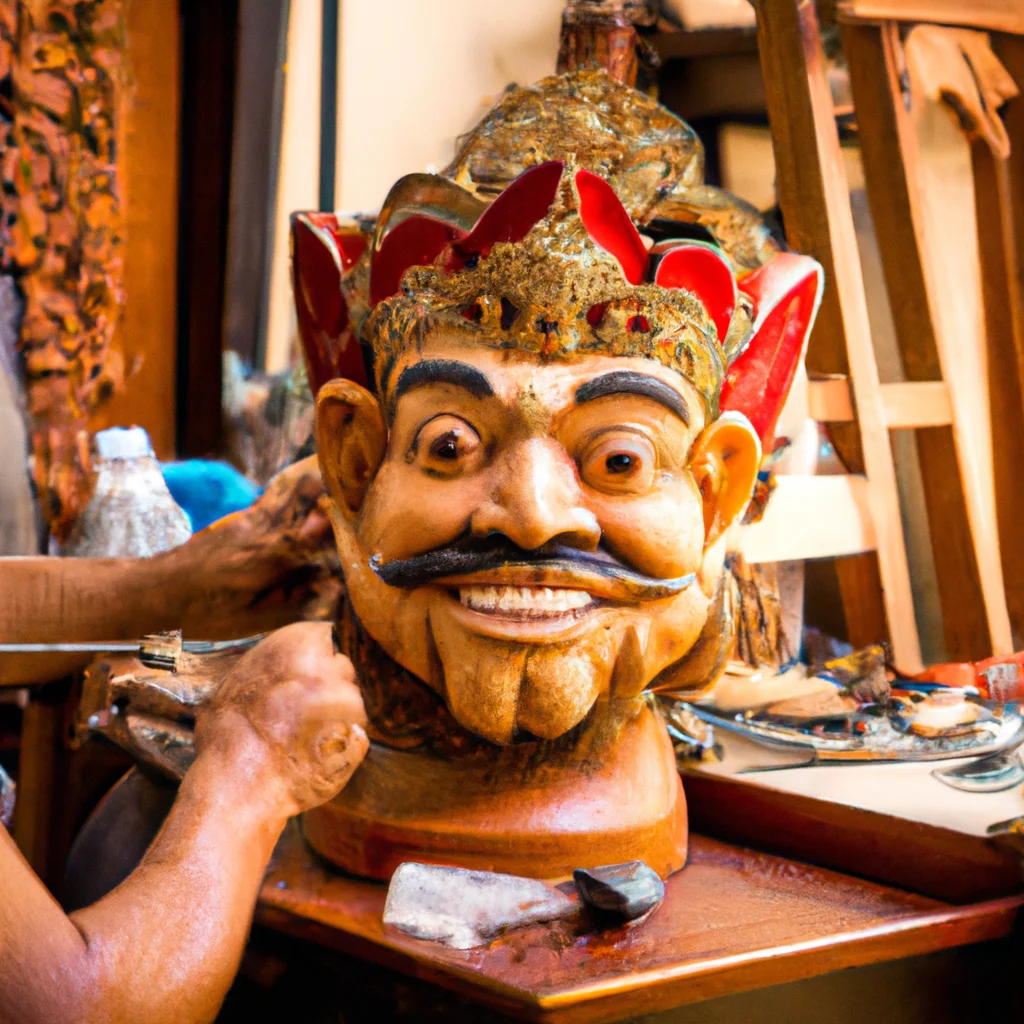Introduction to Ubud’s Art Scene
Ubud, located in the heart of Bali, Indonesia, has long been recognized as a center for art and culture. This picturesque town attracts artists, musicians, and art lovers from around the world. As we delve into the artistic endeavors that define Ubud, we will uncover the rich tapestry of traditional and contemporary art forms that dominate the local landscape.
The Historical Significance of Art in Ubud
Art in Ubud is not merely a modern phenomenon; it has deep historical roots. The region has been a cultural hub since the early 20th century, when European artists began to migrate to Bali. Figures such as Walter Spies and Rudolf Bonnet played a pivotal role in establishing Ubud as an artistic destination. Their influence laid the groundwork for the development of various art forms, including painting, sculpture, and dance.
Traditional Balinese Art
The traditional art of Bali is characterized by its spiritual and religious significance. Many art forms are deeply intertwined with the island’s Hindu culture. Temples and ceremonies often feature intricate carvings, paintings, and performances that tell stories from Hindu epics like the Ramayana and Mahabharata.
#### Painting
Balinese painting is notable for its distinctive style, which often depicts scenes of daily life, nature, and mythology. Ubud is home to numerous art galleries showcasing local artists’ work. The Ubud painters’ style, influenced by both traditional and modern techniques, has gained international acclaim.
#### Sculpture
Sculpture in Ubud typically reflects the rich mythology and spirituality of Balinese culture. Carvings made from stone and wood often adorn temples, homes, and public spaces. Artists in Ubud produce intricate sculptures that serve both decorative and functional purposes, such as altars and offerings.
Contemporary Art in Ubud
While traditional art holds a significant place, contemporary art in Ubud is thriving. The influx of international artists has led to a fusion of styles and mediums, resulting in a vibrant art scene that attracts both locals and visitors.
Art Galleries and Exhibitions
Ubud is dotted with numerous art galleries that showcase contemporary works. Notable galleries include:
– Neka Art Museum: This museum houses a vast collection of traditional and contemporary Balinese art, offering visitors insight into the evolution of Balinese art.
– Agung Rai Museum of Art (ARMA): ARMA features both local and international artworks, providing a platform for emerging artists to exhibit their work.
– Museum Puri Lukisan: Known for its collection of modern Balinese paintings, this museum also hosts rotating exhibitions, allowing visitors to experience new artistic expressions regularly.
Art Festivals
Ubud is also home to several art festivals throughout the year, including the Ubud Writers & Readers Festival and the Ubud Food Festival. These events celebrate creativity and bring together artists, writers, and food enthusiasts, fostering a sense of community and collaboration.
The Role of Art in Balinese Culture
Art in Ubud serves more than an aesthetic purpose; it plays a vital role in the community’s cultural identity. Through various artistic expressions, the people of Ubud communicate their beliefs, values, and history.
Ceremonial Art
Art is integral to Balinese ceremonies, which are numerous and varied. Offerings, masks, and decorations are all art forms that contribute to the spiritual atmosphere of these events. For instance, during the Galungan festival, intricate decorations adorn temples and streets, showcasing the community’s artistic skills.
Education and Art
Many local organizations and schools in Ubud prioritize art education, ensuring that future generations appreciate and carry on their cultural heritage. Workshops and classes are available for visitors and locals alike, covering various art forms, from painting to traditional dance.
Visiting Ubud’s Art Scene
When planning a visit to Ubud, art enthusiasts will find a wealth of experiences awaiting them. From galleries to workshops, the options are plentiful.
Art Workshops
Participating in an art workshop is an excellent way to engage with Balinese culture. Many studios offer classes in various mediums, such as painting, batik, and wood carving. These hands-on experiences allow visitors to create their own artworks under the guidance of skilled local artists.
Art Markets
Ubud’s art markets, such as the Ubud Art Market, are ideal for purchasing unique souvenirs. Here, we can find handcrafted items, paintings, and textiles, all created by local artisans. Visiting these markets supports the local economy and encourages the continuation of traditional crafts.
How to Book on Viator
For those interested in enhancing their Ubud experience, we recommend checking out the various tours and activities available on Viator. You can book directly through this link: Viator Booking.
Conclusion
Ubud’s art scene is a rich and diverse tapestry that reflects the island’s cultural heritage and contemporary influences. From traditional paintings and sculptures to modern exhibitions and festivals, art is woven into the fabric of life in Ubud. As we engage with this artistic community, we not only gain insight into Balinese culture but also contribute to its preservation and evolution.
For more information on traveling to Ubud and experiencing its artistic wonders, visit Unisho.
Disclaimer: This information is accurate to the best of our knowledge; however, there may be changes or mistakes. Please verify exact details on the Viator booking page.

